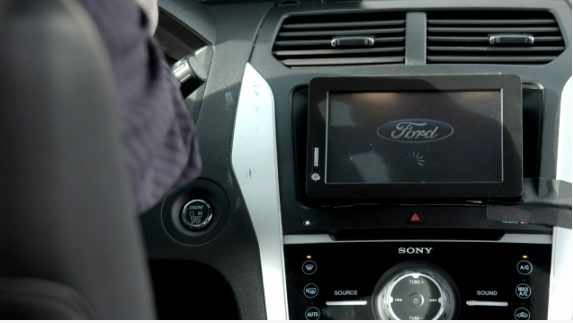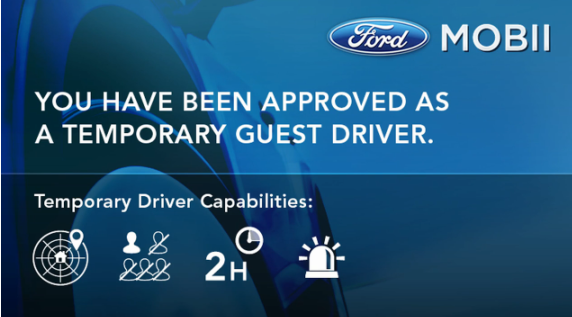(iTers News) – As vehicles become an integral part of the Internet of Things, Ford and Intel are researching new opportunities for the connected car, including giving drivers the ability to remotely peer into their car using a smartphone, or a vehicle that could identify its owner using facial recognition software.
The joint research project, called Mobile Interior Imaging, or Project Mobii, explores how interior-facing cameras could be integrated with sensor technology and data already generated within and around the vehicle to create a more personalized and seamless interaction between driver and vehicle that transforms the driving experience.

The Mobii research was a collaboration between Intel ethnographers, anthropologists and engineers alongside Ford research engineers, and incorporates perceptual computing technology to offer a more enjoyable and intuitive vehicle experience.
"Our goal with the Mobii research is to explore how drivers interact with technology in the car and how we can then make that interaction more intuitive and predictive," said Paul Mascarenas, chief technical officer and vice president, Ford Research and Innovation. "The use of interior imaging is purely research at this point; however, the insights we've gained will help us shape the customer experience in the long term."
Ford now uses exterior vehicle cameras for driver-assist features such as lane-keeping assist and lane departure warning. The Mobii research examines new applications for interior cameras, including driver authentication. The use of facial recognition software offers improved privacy controls, and enables Project Mobii to identify different drivers and automatically adjust features based on an individual's preferences.
"As a trusted technology leader and innovator, Intel understands the challenges automakers are facing and is a committed partner in this unprecedented opportunity," said Doug Davis, vice president, Internet of Things Group at Intel. "Project Mobii is a great example of Intel collaborating with Ford to help enable a secure, more connected driving experience."
Improved privacy and parental controls
Upon entering the vehicle, the driver is authenticated by Project Mobii through a front-facing camera using facial recognition software. The in-car experience is then personalized to display information specific to that driver, such as calendar, music and contacts. If Project Mobii detects a passenger in the car, a privacy mode activates to display only navigation.
If Project Mobii does not recognize the driver, a photo is sent to the primary vehicle owner's smartphone. That owner can then set permissions and specify features that should be enabled or disabled. If the driver is the child of the vehicle owner, for example, restrictions could be automatically set to require safety belt use and to limit speed, audio volume or mobile phone use while driving.

Gesture recognition software enables intuitive interaction for the driver. A combination of natural gestures and simple voice commands can simplify such tasks as turning the heat up and down, or opening and closing a sunroof while driving.


